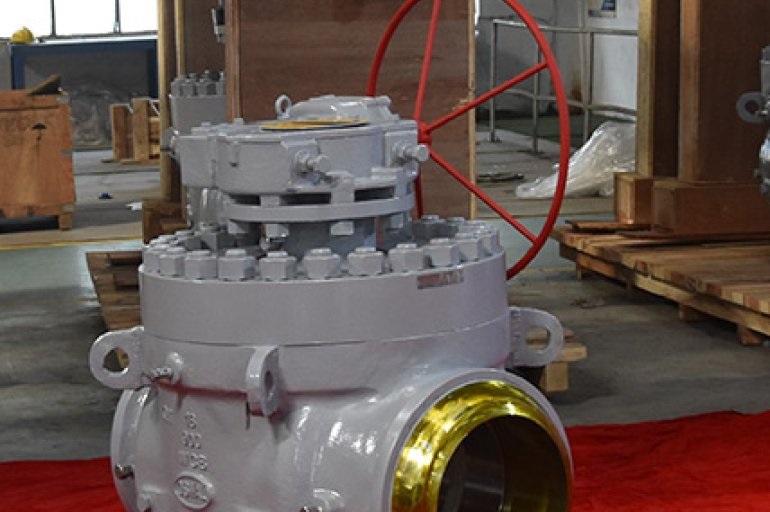When it comes to choosing materials for a project, there are many options available. Two commonly used materials in manufacturing and construction are cast iron and cast steel. While they may seem similar at first glance, there are some key differences between the two that can affect their performance in certain applications. In this article, we’ll take a closer look at the differences between cast iron and cast steel so you can make a well-informed decision about which one to use for your project.
What is Cast Iron?
Cast iron is a group of iron-carbon alloys with a carbon content greater than 2%. It is made by melting iron and adding various alloying elements such as carbon, silicon, and manganese to alter its properties. Cast iron is known for its excellent casting properties, making it ideal for creating complex shapes and designs. A cast iron grating, for example, can be used to cover large drainage areas quickly and efficiently. It is also extremely durable and resistant to corrosion, making it a popular choice for outdoor applications.
Types of Cast Iron
There are four main types of cast iron:
- Grey Iron – This is the most commonly used type of cast iron due to its low cost and good casting properties. It has a high carbon content which gives it its characteristic grey color.
- White Iron – This type of cast iron has a lower carbon content than grey iron but has higher strength and hardness. It is often used in applications where wear resistance is important such as in mining equipment or pump parts.
- Ductile Iron – Also known as nodular or spheroidal graphite iron, this type of cast iron has small spherical graphite nodules instead of flakes like in grey iron. This gives it higher ductility and toughness compared to other types of cast iron.
- Malleable Iron – This type of cast iron undergoes heat treatment to convert the carbon into graphite clusters which makes it more ductile and tough compared to other types of cast iron.
What is Cast Steel?
Cast steel is an alloy consisting mainly of iron with a carbon content of less than 1% – 2%. It also contains other alloying elements such as manganese, silicon, chromium, nickel, or copper to improve its strength and durability. The carbon content of cast steel is much lower than that of cast iron, making it less brittle and more ductile. This makes cast steel better suited for applications where the material will undergo heavy stress or strain.
Types of Cast Steel
There are three main types of cast steel:
- Carbon Steel – This type of cast steel has low-to-medium carbon content (up to 2%), which makes it strong yet malleable. It is commonly used in construction or machinery applications due to its versatility.
- Low Alloy Steel – This type of cast steel contains additional alloying elements such as nickel or chromium, which improves its strength and corrosion resistance.
- High Alloy Steel – This type of cast steel contains even more alloying elements than low alloy steel, which gives it superior strength, corrosion resistance, and heat resistance.
Differences Between Cast Iron and Cast Steel
While both materials have their own advantages and disadvantages depending on the application requirements, here are some key differences between them:
- Strength:Cast steel generally has higher tensile strength compared to cast iron due to its lower carbon content.
- Hardness:Due to its high carbon content, some types of cast irons, such as white or chilled irons, can be extremely hard, whereas most types of cast steels have medium-to-high hardness.
- Machinability:Cast steels are generally easier to machine compared to most types of cast irons due to their lower hardness.
- Cost:In general, grey or ductile irons are cheaper than most types of cast steel due to their simpler manufacturing process.
- Corrosion Resistance:Some types of high-alloyed steels offer superior corrosion resistance compared to any type of cast irons.
- Wear Resistance:White irons offer better wear resistance than any type of cast steel because they contain carbides that resist abrasion.
To Conclude
Both materials have their own unique properties that make them suitable for different applications based on specific needs. A trench grate or manhole covers are usually made of cast iron due to their high strength and wear resistance, while a shaft or valve body may be made of cast steel due to its superior machinability and corrosion resistance. So it’s important to understand the differences between them and select the right material for your specific application.





